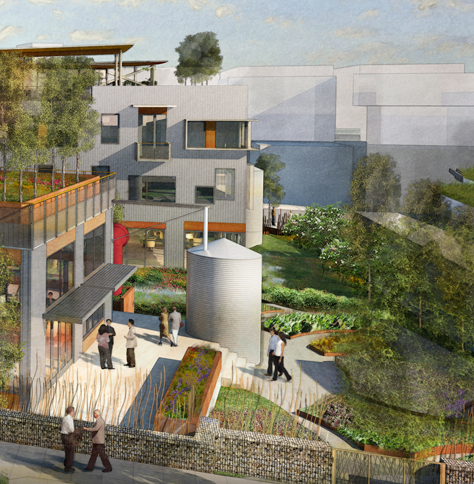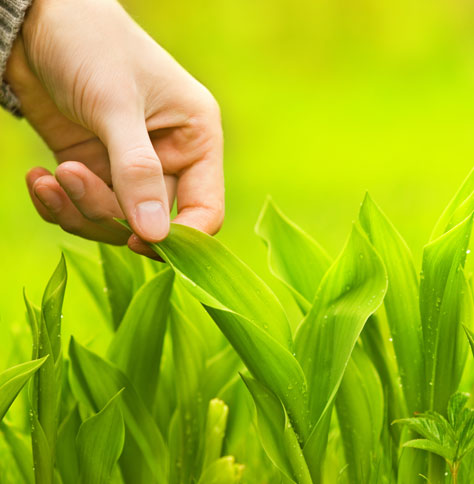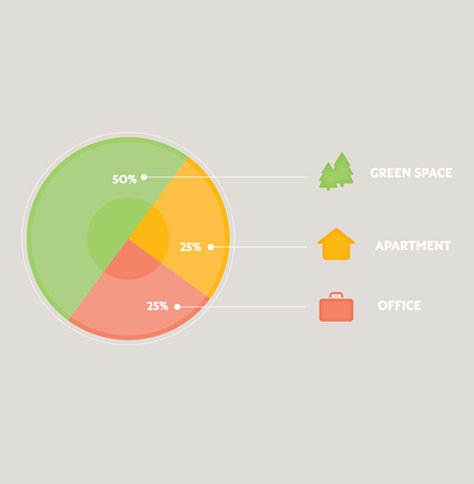Overview
Two ideas guide the design of the Greenfire Campus: sensible sustainability and social sustainability.
Sensible sustainability represents a balance between cost and performance. Efficient buildings are becoming more affordable, but super insulation, LED (Light Emitting Diode) lights, ground source HVAC (Heating, Ventilation and Air Conditioning) and photo-voltaics may not fit into a short-term (5-10 year) financial model. But when costs are assessed in terms of long term ownership and performance, they can make a great deal of sense. Buildings designed to create a portion of their own energy, save and filter water and have an efficient envelope see payback periods of 20 years in our environment. Beyond that, as energy costs rise, these buildings will reap increased dividends.
The sensibly sustainable approach is useful in assessing performance criteria and comfort levels. Is it sensible to cool a building to 70 degrees on a 95 degree day, or is 80 degrees OK? Is it sensible to spend significant funds on a boiler to provide that extra margin of heating for the coldest 35 hours a year, or is there a more practical solution?
Social sustainability is the idea that our built environment can promote community. Shared amenities and diverse uses pull us together and have a positive effect on energy consumption and general mood. The Greenfire Campus includes both common recreational spaces, common utilities (a laundry) and two forms of urban agriculture: the P-Patch and edible landscape along the public way. The program for Greenfire is also diverse, placing housing near offices and commercial spaces, allowing occupants to work, live, play and produce food in the heart of Ballard.
Sensible Sustainability
Green practices are often thought to be a checkbook challenge. The Greenfire Campus takes that challenge in the form of sensible sustainability, finding a reasonable path between expense and green practicality. The sensible sustainability approach favors using natural resources – air, sun, earth and water – to live well while living lightly with the land.
At the Greenfire Campus, sensible sustainability can be seen in both big moves and small details. For example, the combined building footprints occupy only 50% of the total site area.
A smaller-scale example of sensible sustainability is a simple light switch system that allows all your lights to be turned off as you exit an apartment. This provides a highly convenient feature for residents that both makes a daily routine a little easier and helps reduce our energy footprint.
The project's long-term vision of investing for the future drives project decision making. This perspective places value on long-term dividends over shorter term returns. This approach allows higher initial investment in systems and materials that will support long-term value.










Social Sustainability
Social sustainability at the Greenfire Campus begins with Ballard, a thriving urban district in Seattle. The Greenfire Campus hopes to further enhance the already vibrant community as a new Ballard neighbor. Through its design location and mix of uses, the Greenfire Campus contributes to the walkable neighborhood.
The Greenfire Campus was inspired by the village way of life 100 years ago. A key social goal of the Greenfire Campus is to provide everything people want in their home and work lives in a small neighborhood. Within the Greenfire Campus itself, ground floor studios might be used as shops, P-Patches for growing food, and a community kitchen for canning and preserving vegetables.